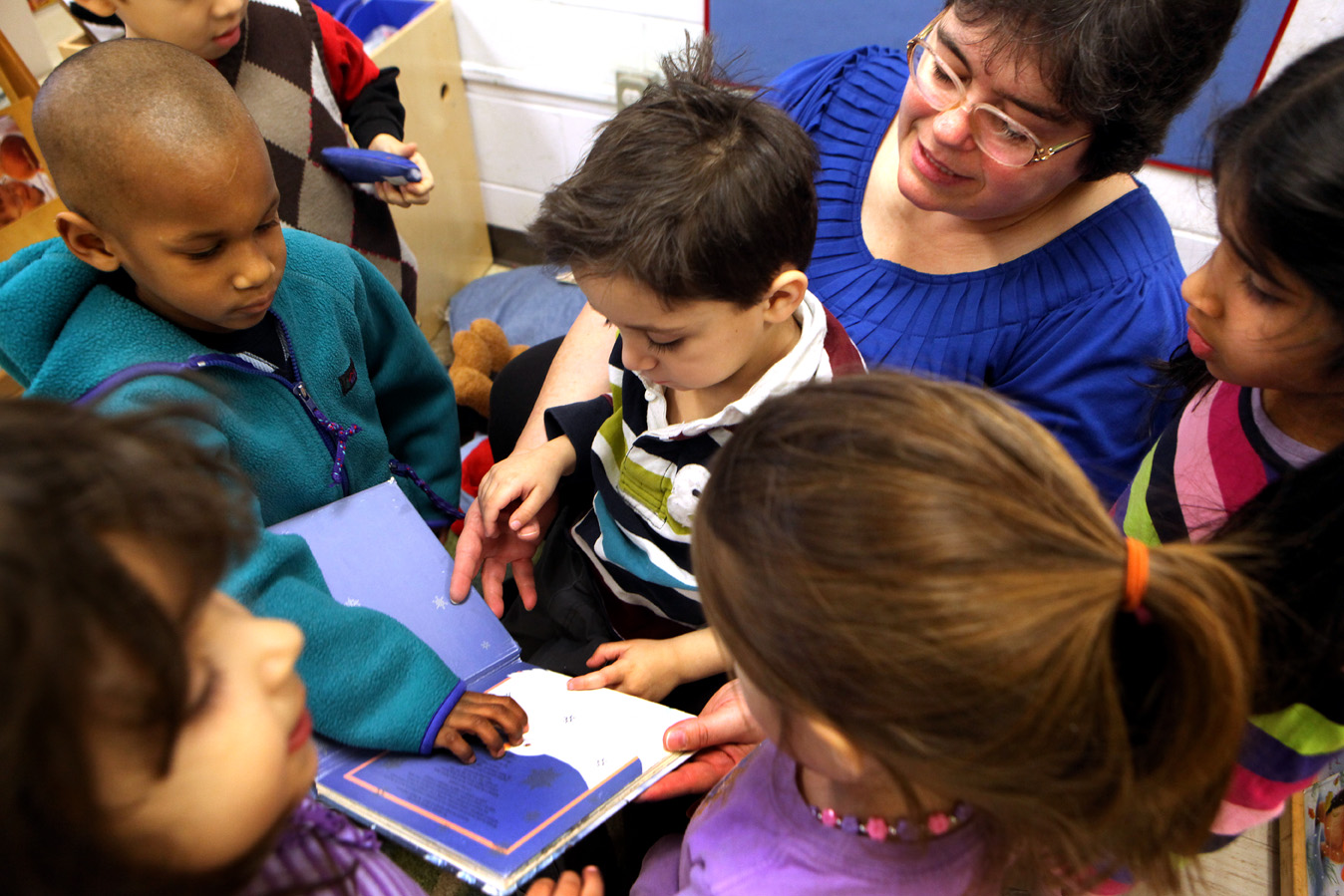
“Early Warning! Third Grade Reading Matters,” the national report released last month by the Annie E. Casey Foundation, sounds the alarm about that critical predictor of later school success. It also sets the stage for the Massachusetts-focused report on third grade reading – the first of its kind — that we will release tomorrow morning at 10 a.m. in the Rabb Lecture Hall at the Boston Public Library in Copley Square. It’s not too late to RSVP.
In Massachusetts, 43% of third graders do not read at grade level, according to the latest state-administered MCAS. On the National Assessment of Educational Progress (NAEP), administered in the beginning of fourth grader, 53% of Bay State students are not proficient readers – even though we lead the nation on that test. These numbers should concern all of us: Three quarters of children who are not good readers at the end of third grade, research shows, will continue to struggle in school and are far less likely than classmates who are good readers to graduate from high school.
“Millions of American children get to fourth grade without learning to read proficiently. And that puts them on the dropout track,†the Casey report warns.
“Up to half of the printed fourth grade curriculum is incomprehensible to students who read below that grade level, according to the Children’s Reading Foundation…. The National Research Council asserts that ‘academic success, as defined by high school graduation, can be predicted with reasonable accuracy by knowing someone’s reading skill at the end of third grade.’â€
The costs are high. “Every student who does not complete high school costs our society an estimated $260,000 in lost earnings, taxes and productivity,†the Casey report states. “The current pool of qualified high school graduates is neither large enough nor skilled enough to supply our nation’s workforce, higher education, leadership, and national security needs.â€
Casey recommends building a system of high-quality early education and care that “aligns, integrates, and coordinates what happens from birth through third grade;†strengthening the capacities of parents and families; turning around low-performing schools; and tackling chronic absenteeism and summer learning loss. Read the full Casey report or executive summary, and visit Casey’s Data Center.
In “Turning the Page: Refocusing Massachusetts for Reading Success,” the report that Strategies for Children commissioned, Nonie Lesaux of Harvard’s Graduate School of Education examines the reasons behind the lack of progress on third grade reading and offers recommendations to improve the language development and reading skills of Massachusetts children, from birth to age 9.
Among the education, business and community leaders who will respond to the report at tomorrow’s release of the report are: Massachusetts Secretary of Education Paul Reville, Commissioner Sherri Killins of the state’s Department of Early Education and Care; Commissioner Mitchell Chester of the state’s Department of Elementary and Secondary Education; Representative Martha Walz, co-chair of the Massachusetts Legislature’s Joint Committee on Education; Donna Cupelo, region president of Verizon and newly elected chair of the Massachusetts Business Roundtable; Dr. Robert Sege, director of ambulatory pediatrics at Boston Medical Center; and the Rev. Samuel Acevedo of Congregación Leon de Judá.
At a June 15 event in Springfield, Lesaux will discuss her report, and Cherish Every Child will release “Reading Success by Fourth Grade: Blueprint for Springfield.â€
Post script. A thank you to EarlyStories, the blog of The Hechinger Report at Columbia University’s Teachers College, for this this post welcoming Strategies for Children to the blogosphere.


http://www.readingmatters.org.uk/
Becoming a reader is a continuous process. Children should lay a strong foundation throughout their school years and as early as reception.
Stages of Reading Development by Jeanne Chall (2000)
In the earliest, pre-reading stage, children mimic the reading process without actually reading. They begin to understand what reading is about and how it works. They learn that what can be spoken can be written down and read by someone else.
In the beginning reading stage, children learn to pay attention to the details of print and to the way that printed letters and words represent the sounds and words of oral language. They need to understand how the sounds of the language map onto the letters. To help children through this stage, teachers need to understand what is complex about the symbol system and present it in a way that is simple.
In the fluency stage, children are able to identify words with greater skill and ease, and read with better comprehension. They need many opportunities to read texts that are predictable, patterned, and interesting in order to read words quickly and without effort. With extensive reading practice, they develop a level of fluency that enables them to read with increasing enjoyment and understanding.